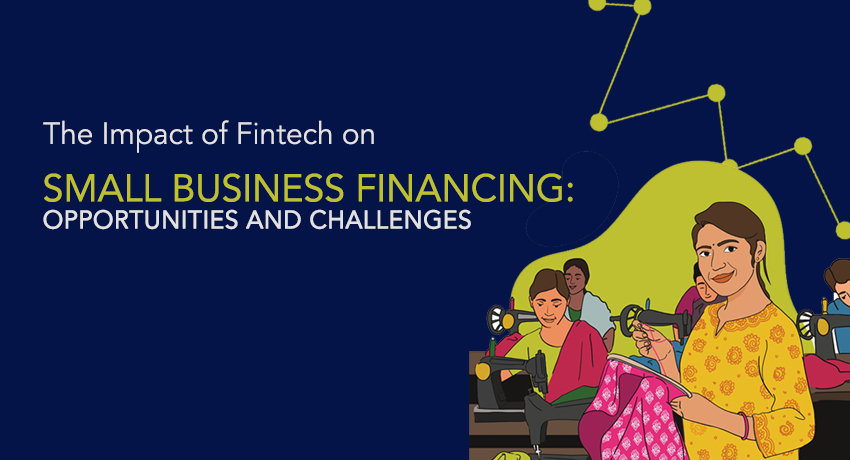Fintech has disrupted the traditional lending landscape, making it easier for small businesses to access funding and increasing competition among lenders. According to Business World, statistics show that SMEs have contributed to the employment of over 9.4 million people and account for 30% of the nation’s GDP. Small businesses have grown significantly, but it has come at a price. Many SMEs currently face significant difficulties as a result of financial issues or perhaps a lack of resources. SMEs must improve if they hope to beat the 10% growth rate of prior years.
Following are some of the ways in which Fintech has had a significant impact on Small business financing:
- Increased access to capital
Fintech has increased the funding choices available to small businesses compared to the past and made it simpler for them to obtain capital. By lowering the friction in the financing process, fintech enables small businesses to apply for and get loans more quickly.
- Flexibility to withstand adversities
Fintech lenders frequently provide loan terms that are more flexible than those offered by traditional banks, such as shorter loan terms, lower minimum loan amounts, competitive interest rates, and individualized payback plans. Small firms that require specialized financing may benefit from this since they may not meet the major banks’ standard lending requirements.
- Elimination of extra overhead expenses
One of the critical benefits of fintech is that it reduces unnecessary administrative expenses and aids small firms in cost-cutting.
Opportunities in SME lending :
- Personalized Financing Solutions
Fintech lenders frequently utilize data analytics and algorithms to determine credit worthiness, which enables them to offer small firms more specialized funding options. This may lead to loans that more closely match the company’s demands and its particular financial circumstances.
- Governmental Initiatives
Along with providing automatic foreign direct investment, the government has launched a number of other programmes and initiatives. These programmes include, among others, Stand-up India, the Growth Capital and Equity Assistance Scheme, and MSME Business Loans in 59 Minutes.
Challenges in SME lending :
- Insufficient knowledge
There are still certain gaps in people’s understanding or awareness of SME loans in the fast-paced world of today. Many people still trust traditional banks despite the rising demand, but this obstacle is considered a chance for growth, and as facilities increase, everyone will undoubtedly adjust to these advancements.
Conclusion
Fintech is positioned to transform every industry, from promoting digital lending to encouraging a cashless society. However, before making a choice, small businesses must carefully weigh the advantages and drawbacks of partnering with a fintech lender. Despite the challenges associated with Fintech adoption, its advantages and innovation should not be disregarded. In the upcoming years, it will continue to influence the lending environment for SMEs.
